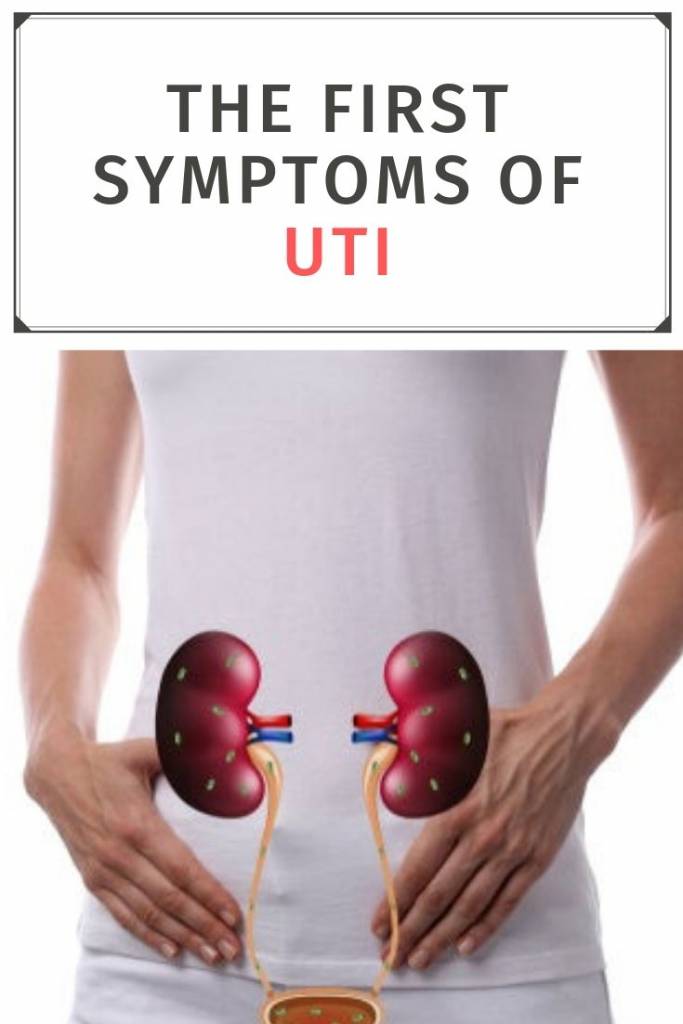Learn the first symptoms of UTI, know the causes and check the treatment options in case you notice you may have the disease!
Urinary tract infections are common pathologies, especially among women. They are easy to recognize and, with the right antibiotic treatment, you can get them under control. In this article we tell you the most important of this pathology.
Urinary tract infections are infectious diseases of any section of the human urinary tract. This excretion system begins in the kidneys and ends in the urethra.
The human urinary tract is prepared to carry out a process of purification and expulsion in the body. The kidney filters the blood to convert urine from it. That urine descends through the ureters, which are like tubes, to the bladder. After storage in the bladder, through the urethra, the sale of urine abroad.
While most urinary tract infections are located in the lower part: bladder and urethra, any sector can be affected. In the upper part – kidneys – the symptoms are more aggressive and the complications more dangerous.
Thus, we can classify urinary tract infections according to their location:
Urethra: if this duct becomes infected it is called flame urethritis.
Bladder: when the infection attacks this organ it is known as cystitis.
Ureters: there is no specific disease name for this location.
Kidneys: either one kidney or both, it is pyelonephritis.
Women are more likely to have a urinary tract infection than men. This is due to the female anatomy, which has a shorter urethra and presents more closeness between the reproductive and urinary systems.
The first symptoms of UTI
To describe what the person feels and suffers with a urinary tract infection, we can name general symptoms of UTI and symptoms specific to each location. It is not the same as the pathology settles in the kidneys than in the urethra.
As general symptoms we have:
- Burning when urinating.
- Urine with color changes: it may be due to the presence of blood in the urine.
- Changes in the smell of urine.
- Urge to go to the bathroom all the time.
- Pain in the lower abdominal area or lumbar region.
- If the infection is located in the kidneys it is pyelonephritis;
The added symptoms are:
- Low back pain or on the sides of the abdomen.
- Fever: normally with high temperatures, exceeding thirty-eight degrees Celsius.
- Nausea and vomiting.
Instead, if the infection is located in the bladder, such as cystitis, the following is added:
- Pelvic pain.
- Urination with difficulty and repetitive.
- Urinary urgency.
Finally, if the infection is a urethritis, the symptom par excellence is the secretion. According to its characteristics, the bacterium that has been installed in the urethra can be suspected.
Causes
Normally, the urinary system is sterile. This means that there is no presence of bacteria inhabiting the kidneys or bladder. It is a closed system whose main defense system is the flow of urine.
When bacteria enter the system and are not expelled correctly, urinary tract infections occur. We mention bacteria because they are the most frequent, although there are also fungal infections.
The bacterium that most urinary tract infections is Escherichia coli (E. coli). In the second place, but with very low frequency, there is Proteus mirabilis. And as an appendix, the others: Enterococcus faecalis, Streptococcus agalactiae, Staphylococcus saprophyticus.
The main source of E. coli is the gastrointestinal system. This bacterium inhabits the human digestive system and coexists in that usual flora, but if it moves and is located in the urinary tract, it causes the symptoms of the ITU.
That is why certain situations make urinary tract contamination more likely. In women it is their anatomical disposition. It also influences the way of hygiene and the ways of practicing sexual relations.
There are a number of factors that are risky for urinary tract infections; the ones that stand out:
- Having diabetes: the relationship between this pathology and infections is scientifically proven.
- Having a bladder catheter due to other diseases.
- Increase in prostate size in men.
- Kidney stones.
- Be pregnant.
- Pregnant woman.
Treatment of urinary tract infections
Urinary tract infections are diagnosed with urine tests. It is usual for the doctor to first request a urine sediment to detect the first changes and then a urine culture to confirm the bacteria involved.
As the culture takes more than five days, when the sediment is indicative of infection, treatment begins. Once you receive the result of the culture, the doctor confirms if the medication is the correct one or you should exchange it for another.
The treatment is with antibiotics to destroy the bacteria that is infecting the urinary tract. The doctor will decide which is the best antibiotic according to the case, considering the patient’s age, whether it is female or male, and where the bacterium is located inside the urinary tract.
In simple cystitis, the antibiotic indication is short, about three days. With that duration is usually enough. On the other hand, if the patient is pregnant, there are longer treatments, as in people with diabetes, reaching seven and up to fourteen days.
Prolonged treatment is mandatory for men because of the risk that the infection will spread in the prostate.
So remember, if you have symptoms that make you suspect the presence of a urinary infection, it is best to visit a professional to request the corresponding urine tests. And then, of course, comply with taking antibiotics according to schedule and the number of days indicated.
Don’t forget to SHARE the symptoms of UTI with your friends and family on your social networks!

